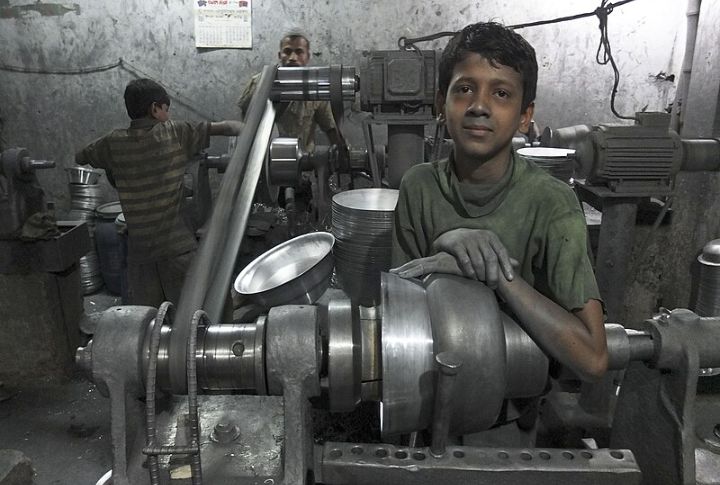
At first glance, dropshipping sounded like a win-win. Sellers save time, buyers get more options. Yet things don’t always stay that tidy. What started as innovation slowly wore down shopper confidence and experience. It hasn’t ruined everything, but it’s left a noticeable mark. Here’s a look at 10 ways it’s disrupted how people buy things online.
Fake Product Listings

There’s a reason some orders feel like a bait-and-switch. Dropshippers frequently use photos and text lifted from other websites. What’s worse: some of the advertised products aren’t even in stock when purchased. The positive reviews might be AI-generated, and the final product often looks nothing like what was promised.
Long Delivery Times

The item gets ordered, tracking begins, and then… silence. That’s common with dropshipping. Most products are sent internationally, taking anywhere from two to six weeks. There’s no real-time tracking, just excuses. “Customs.” “Backlog.” Meanwhile, shoppers raised on two-day shipping are left refreshing pages, wondering what went wrong.
Zero Quality Control

Products should pass through some kind of quality filter. However, with dropshipping, that filter doesn’t exist. Sellers hand off fulfillment to third-party suppliers they barely know. Items are shipped unchecked and untested. Sometimes they’re defective, sometimes not even safe.
Overpriced

Clickbait sales tactics meet inflated prices. Dropshippers know how to make low-cost items feel exclusive. Many rely on reselling ultra-cheap goods wrapped in sleek packaging and pressure tactics. But once delivered, it’s clear what it is: a basic product sold at luxury markups.
Scam Stores

One click and the storefront looks legit: clean layout, great reviews, viral video. Then you order, and the store disappears. Dropshipping allows anyone to launch a site and vanish. Some even fake influencer partnerships to boost credibility. By the time complaints roll in, it’s too late.
Nonexistent Customer Service

In dropshipping, customer service is often an afterthought. Most sellers don’t respond or pass the issue to suppliers overseas, which creates frustrating communication loops. Language barriers and ignored refund requests leave customers feeling ghosted. Many give up altogether, opting for chargebacks instead of trying to get answers.
Difficult Returns

Returning something should be simple. Yet here, it’s anything but. Many policies are vague, designed to stall or confuse. Some buyers are told to ship the item back to China at their own cost. Even when everything’s done “right,” the refund could take months or never come through.
No Brand Accountability

Nothing says “don’t contact us” like a nameless package. Dropshipping orders often show up without any branding at all, leaving customers confused about who to blame if something’s wrong. Sellers pass the buck, suppliers stay hidden, and just like that, the buyer is stuck in a cycle with no accountability.
Low-Quality Goods

The moment a product goes viral, it’s everywhere with the same price, same photo, and slightly different store name. Sellers rush in with quick copycat listings, crowding the space and cutting corners. The result: buyers are overwhelmed by lookalikes and too often left with regret.
Unethical Supplier Practices

Behind the scenes, many suppliers used by dropshippers operate far from scrutiny. There’s little to no visibility into how products are made or who’s making them. In some cases, it’s been linked to child labor and unsafe work environments. When profit is the only priority, ethics often fall off the checklist entirely.
